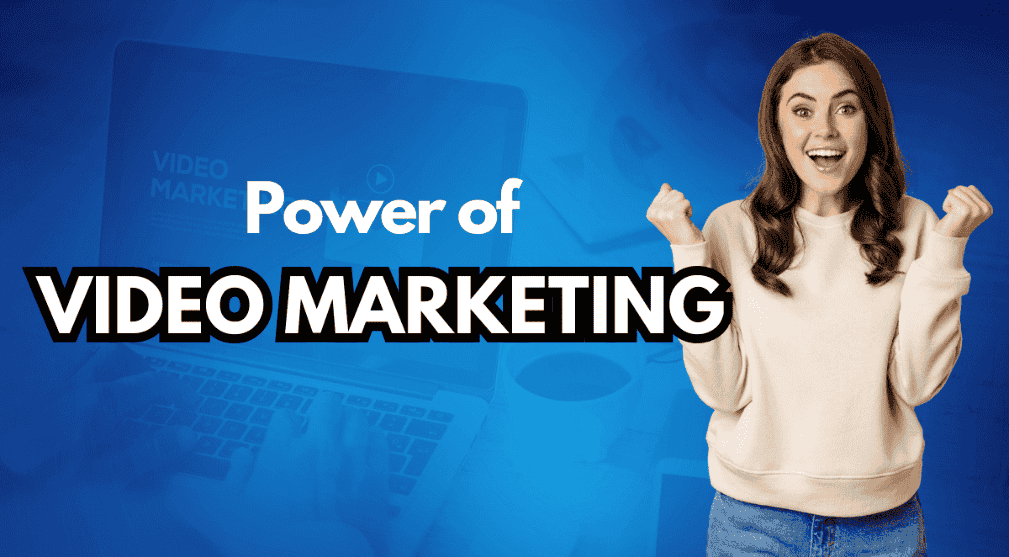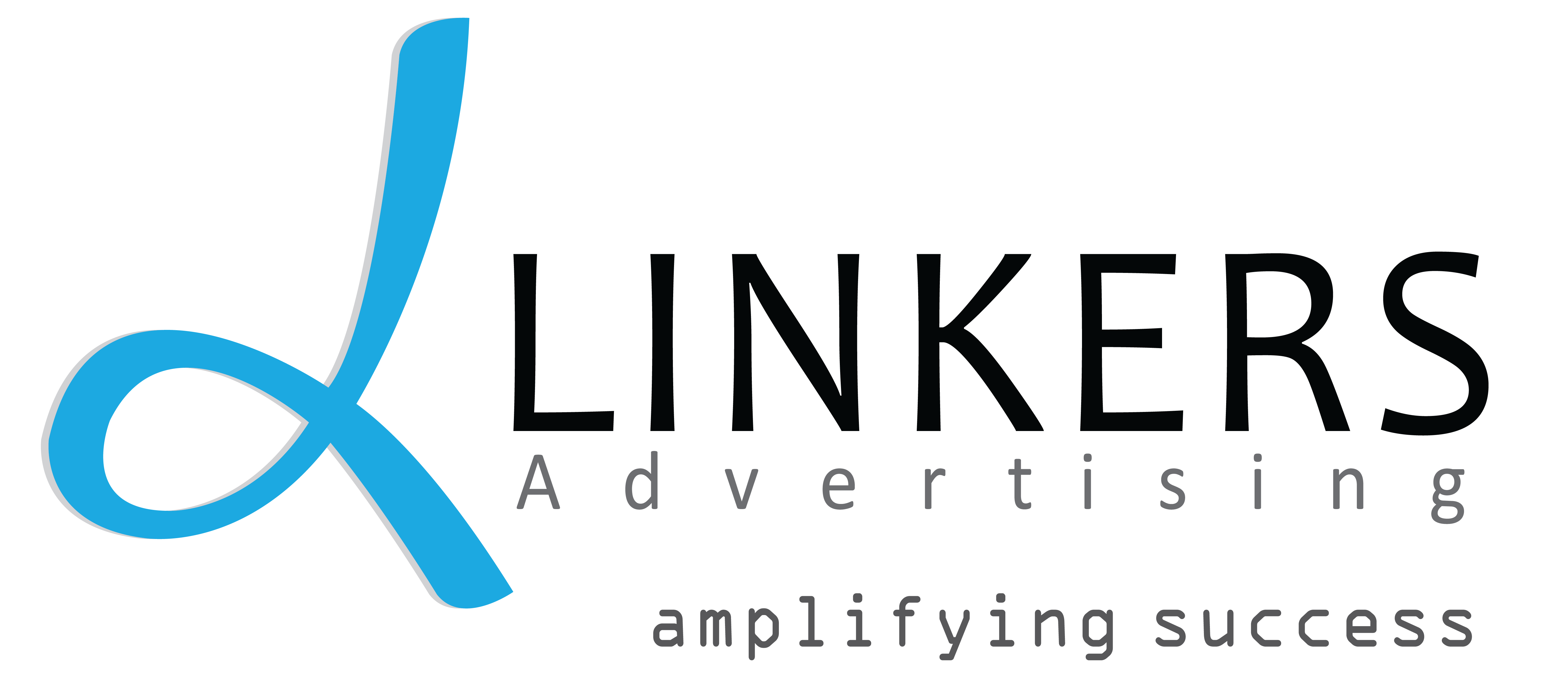
Have you ever shared a funny image that perfectly captured your mood or experience? That’s the essence of meme culture – a phenomenon that’s revolutionized how brands connect with audiences in the digital age. We’ve explored how companies leverage these bite-sized content pieces to boost engagement, create authentic connections, and achieve viral status without breaking their marketing budgets.
1. Understanding the Meme Phenomenon
Memes have evolved far beyond simple internet jokes to become powerful cultural communication tools. These shareable content pieces typically combine humor with cultural references, making them instantly recognizable and engaging for audiences.
At their core, memes represent shared experiences or emotions packaged in visual formats that resonate across different demographics. They function as a universal language, particularly among younger generations who use them daily to express ideas, opinions, and reactions to current events.
Research indicates over 60% of social media users share memes daily, highlighting their integral role in digital conversations. This widespread adoption presents a golden opportunity for brands seeking to connect with audiences in more personal, informal ways.
The appeal of memes lies in their relatability and cultural relevance. When a brand creates or shares content that reflects common experiences or trending topics, it establishes itself as current and in-tune with its audience’s interests and values.
2. The Strategic Value of Meme Marketing
Meme marketing represents a strategic approach where brands utilize meme formats to promote products or services without relying on traditional advertising methods. This technique allows companies to communicate their message through humor and cultural references rather than direct sales pitches.
The strategy works because memes naturally possess enormous reach potential. Unlike conventional advertisements requiring substantial budgets, memes can achieve up to ten times more organic engagement without paid promotion. Their design inherently encourages sharing across platforms like Instagram, Twitter, and Facebook, multiplying visibility exponentially.
For brands, meme marketing offers several distinct advantages:
- Cost-effectiveness: Creating memes requires minimal resources compared to traditional advertising campaigns
- Authenticity: Memes help brands appear more relatable and less corporate
- Community building: Shared humor fosters a sense of belonging among consumers
- Agility: Memes allow quick responses to trending topics and cultural moments
When implemented thoughtfully, this approach transforms marketing from one-way communication into a conversation that audiences actively participate in and share with their networks.
3. How Leading Brands Master Meme Marketing
Several companies have distinguished themselves through exceptional meme marketing strategies that drive engagement while strengthening brand identity.
Wendy's: The Twitter Roast Champion
Wendy’s has established itself as the undisputed leader in social media humor through its witty, sometimes savage approach to Twitter interactions. The fast-food chain regularly engages in playful “roasts” of competitors and customers alike, creating memorable moments that spread rapidly across platforms.
One of their most viral exchanges occurred when a Twitter user inquired about Big Mac pricing, to which Wendy’s simply replied, “Your dignity.” This quick-witted response generated thousands of retweets and cemented the brand’s reputation for authentic, humorous engagement.
What makes Wendy’s approach successful is its consistency and authenticity. The brand maintains a distinct voice that feels genuine rather than forced, allowing it to participate in trending conversations naturally while reinforcing its bold, confident personality.
Netflix: Content-Driven Meme Strategy
Netflix excels at creating memes from its vast content library, using screenshots and clips from popular shows to generate relatable content. Their approach cleverly serves dual purposes – entertaining existing subscribers while promoting their programming to potential customers.
The streaming giant frequently creates carousel posts featuring stills from shows with captions that highlight relatable moments or emotions. This strategy not only entertains followers but subtly encourages them to watch featured content to understand the references better.
By leveraging their own intellectual property in meme creation, Netflix maintains brand consistency while participating authentically in meme culture, demonstrating how content-rich companies can utilize their assets strategically in social media marketing.
Chipotle: User-Generated Content Champion
Chipotle has mastered the art of encouraging user-generated memes, particularly on platforms like TikTok and Instagram. The fast-casual restaurant chain focuses on relatable food moments – from guacamole enthusiasm to burrito-versus-bowl dilemmas – that resonate with their primarily younger audience.
Their strategy emphasizes participation in trending topics while maintaining relevance to their product offerings. By creating shareable content that connects with customers’ daily experiences, Chipotle builds a strong online community that frequently engages with their posts.
This approach helps maintain the brand’s cultural relevance in a crowded market while fostering authentic connections with customers who feel understood and represented in the content.
4. Implementing Effective Meme Marketing Strategies
Creating successful meme marketing campaigns requires strategic planning and cultural awareness. Here are essential considerations for brands looking to leverage this powerful tool:
Know Your Audience Deeply
Understanding your target demographic’s preferences, pain points, and humor style is crucial for creating resonant meme content. Different age groups and communities respond to different types of humor and references.
Effective meme marketers conduct thorough audience research to identify which formats and topics will generate the strongest engagement. This might involve analyzing which content performs best on your channels or studying successful memes within your industry.
Stay Culturally Relevant
Memes have notoriously short lifespans – what’s trending today might be considered outdated tomorrow. Brands must remain agile and create content quickly to capitalize on trends before they fade.
This requires dedicated monitoring of social media platforms and pop culture developments to identify emerging formats and references. Timing is everything – posting a meme even a few days after its peak popularity can make your brand appear out of touch.
Maintain Brand Authenticity
While it’s tempting to jump on every trending meme, successful brands ensure their meme content aligns with their established voice and values. Not every format suits every brand, and humor that contradicts your core identity can confuse audiences.
The most effective meme marketing feels natural rather than forced. Audiences can quickly detect when brands are trying too hard to appear trendy, which can damage credibility rather than enhance it.
5. The Future of Meme Marketing
As digital communication continues evolving, meme marketing will likely become increasingly sophisticated. Several trends suggest where this field is heading:
AI-Driven Personalization
Advancing AI and data analytics will enable brands to create hyper-personalized memes tailored to specific audience segments, enhancing relevance and engagement.
Cross-Platform Integration
Successful meme strategies will seamlessly integrate across multiple platforms, adapting formats to suit each environment’s unique characteristics while maintaining consistent messaging.
Enhanced Measurement Tools
As meme marketing matures, more sophisticated analytics will emerge to measure its impact beyond simple engagement metrics, helping brands better understand how humor drives brand awareness and loyalty.
6. Conclusion
Meme marketing represents one of the most powerful tools in the modern marketer’s arsenal. When executed thoughtfully, it enables brands to cut through digital noise, establish authentic connections, and achieve viral reach without substantial advertising investments.
The brands that master this approach understand that effective meme marketing isn’t simply about being funny – it’s about creating content that resonates with specific audiences, reflects cultural moments, and remains true to established brand identity.
As digital communication continues evolving, memes will remain a vital component of successful marketing strategies, helping brands speak the language of their audiences while fostering the authentic connections that drive long-term loyalty and engagement.
FAQs
Because they use humor and relatability, making brand messages viral and memorable.
By staying culturally relevant, avoiding offensive content, and keeping memes aligned with brand values.
They increase both—memes first build engagement, which indirectly drives sales by improving trust and recall.
Keep it simple, timely, and relatable—don’t force humor, let it naturally fit your message.
Yes, memes are cost-effective and help small businesses connect with audiences quickly without big budgets.

